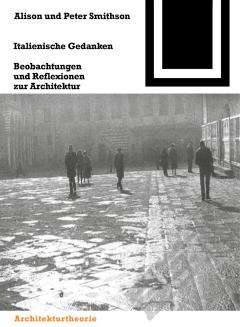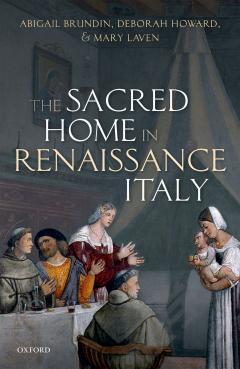The Italian Renaissance Palace Façade: Structures of Authority, Surfaces of Sense
The architectural facade addresses and enhances the space of the city, while displaying, or dissembling, interior arrangements. In this book, Charles Burroughs tracks the emergence of the facade in late medieval Florence and then follows the sharply diverging reactions of Renaissance architects to new demands and possibilities for representation in both residential and governmental contexts. Understanding the facade as an assemblage of elements of diverse character and origin, Burroughs explores the wide range of formal solutions available to architects and patrons. In the absence of explicit reflection on the facade in Renaissance architectural discourse, Burroughs notes the theoretical implications of certain celebrated designs, implying mediation on the nature of architecture itself and the society it serves and represents, as well as on the relationship between nature and culture.
{{comment.content}}








 京公网安备 11010802027623号
京公网安备 11010802027623号